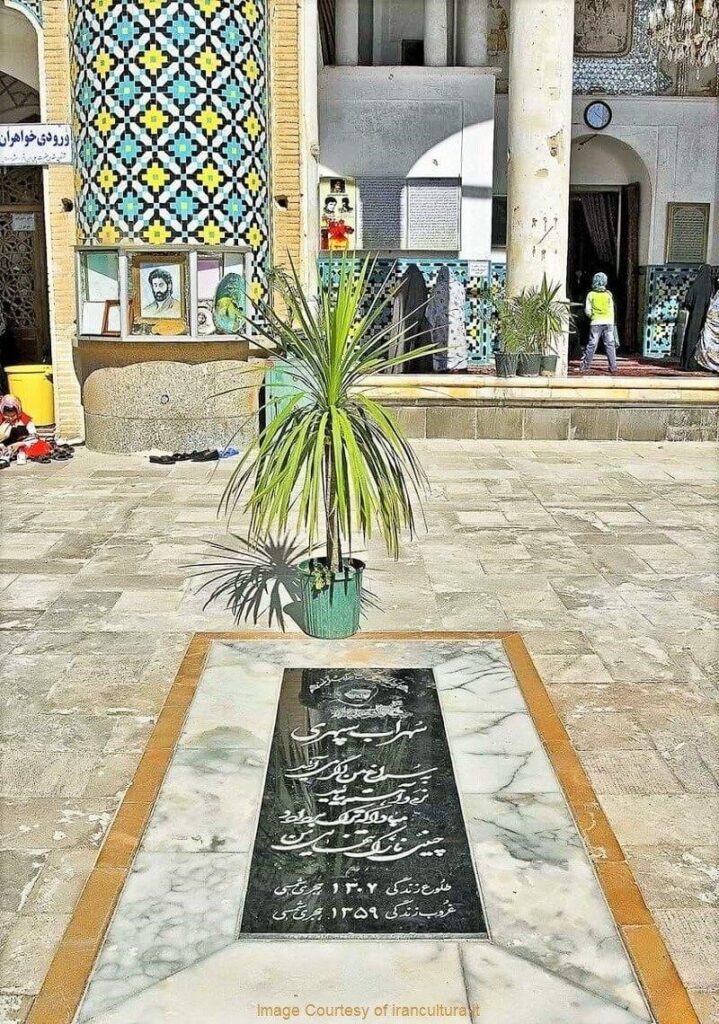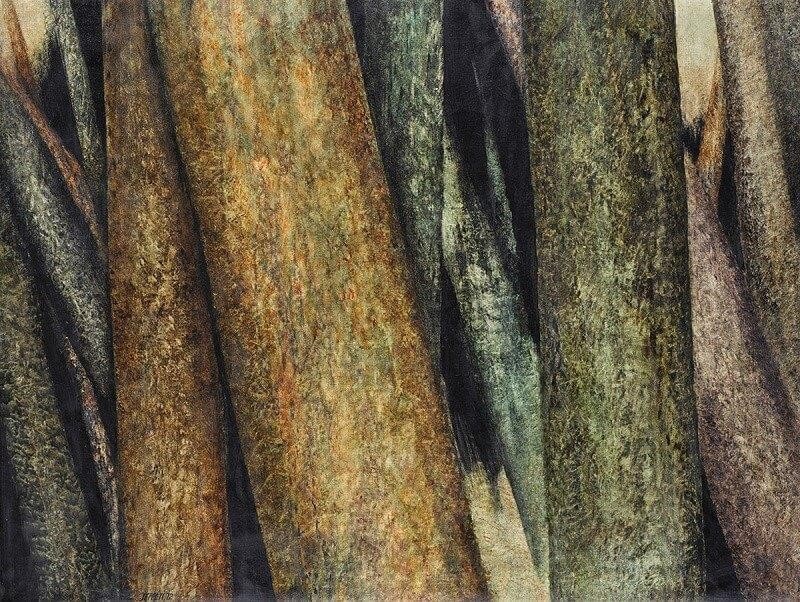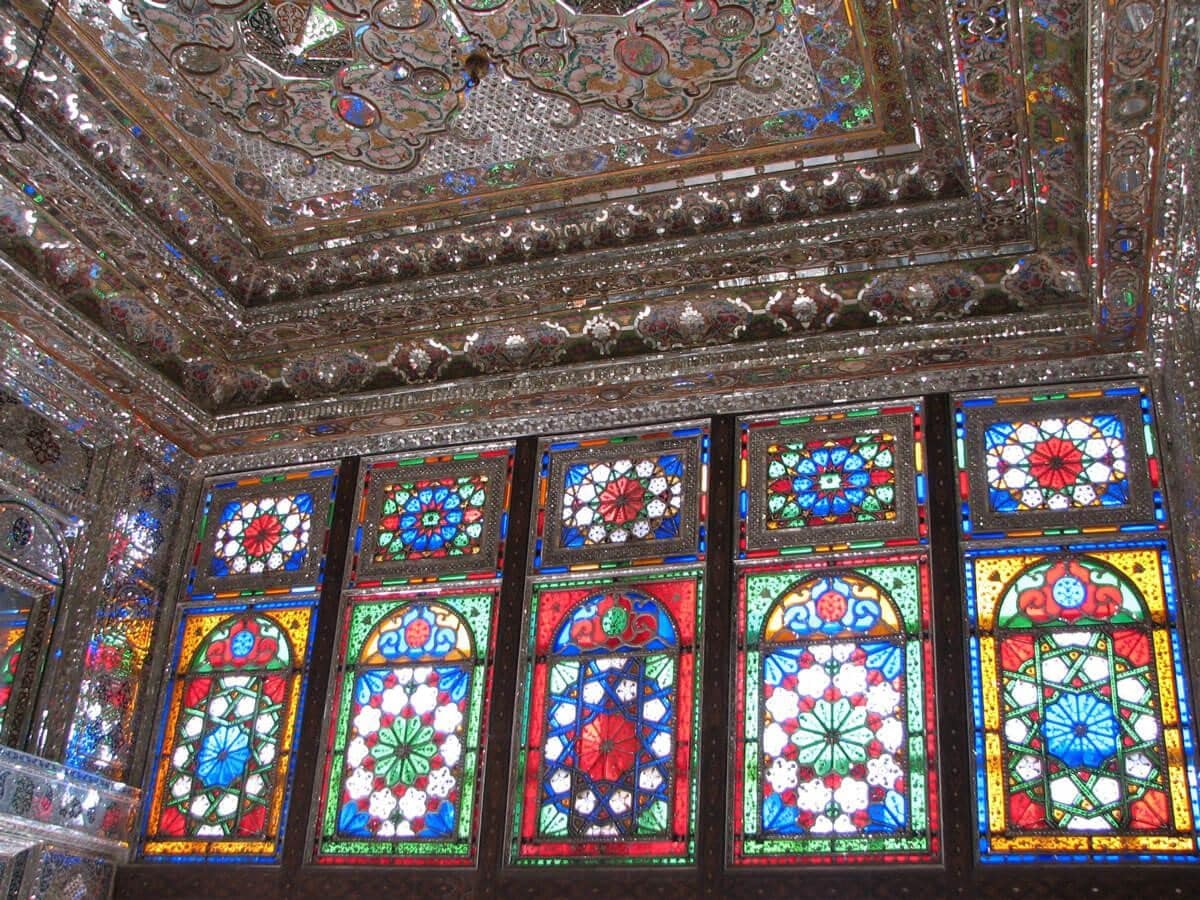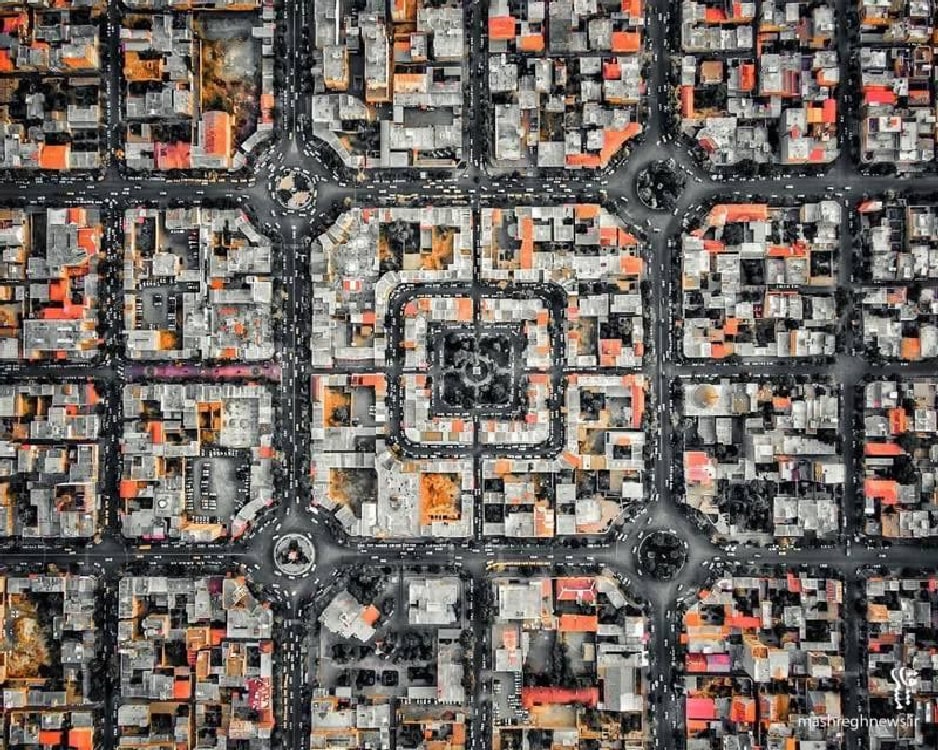
Sohrab Sepehri is one of the prominent Iranian poets, born in Kashan in 1928. Iranians know him as one of the most popular contemporary poets in Iran. This great poet was also skilled in painting and writing prose, not just poetry. Unfortunately, he passed away from leukemia in Pars Hospital in Tehran in 1980, only 51 years old. Sohrab Sepehri’s Grave is located in one of the villages of Kashan and is considered one of the most popular Kashan tourist attractions.
Imamzadeh Sultan Ali in Mashhad-e Ardahal

This contemporary and popular Iranian poet (Sohrab Sepehri) was buried in his birthplace village named “Mashhad-e Ardahal”. It is located near the highlands of the Ardahal district of Kashan, known as Kūh-e Ardeh Hāl.
This village is 42 kilometers west of Kashan and locals know it as “Mashhad Qali”. Every year on the second Friday of Mehr (October), a ceremony called Qalishooyan (carpet washing) is held in the village of Mashhad-e Ardahal. This ceremony is the only ceremony held according to the Hijri calendar and based on the agricultural cycle.
The building of the Imamzadeh Sultan Ali bin Muhammad Baqir, one of the sons of the fifth Imam of Shiites, is located in this village. The history of this shrine dates back to the 13th century AD. Sohrab Sepehri’s Grave is in the courtyard of this building. On his turquoise-colored tile tombstone, a part of the poem Vahe Dar Lahze (Oasis in a Moment) written by him and from the book “Green Volume” was engraved, which reads as follows:
If you are coming to me
Approach gently, softly lest you crack
The fragile porcelain of my solitude!
This tombstone was shattered due to the negligence of the workers and falling materials during the restoration in 2005 of the courtyard of Imamzadeh. Then, they designed another white tombstone similar to the first tombstone’s design and style. The white tombstone was replaced again in 2008 and a large black stone was placed on the grave.
Biography of Sohrab Sepehri, Contemporary Iranian Poet
This great poet was born on October 7, 1928, in Kashan. His parents were poets and artists, and his grandfather on his father’s side was the first head of the Kashan Telegraphkhane (Telegraph Station).
Sohrab spent his elementary and middle school years at Khayam School of Kashan and his secondary school years at Pahlavi High School. After graduating from the two-year course at a teaching school, he was employed at the Kashan Culture Department. Then, in September 1948, he received his high school diploma by participating in the sixth-grade literary exam.
After receiving his diploma, he was accepted at Tehran University’s Faculty of Fine Arts and continued his studies. During that time, he was employed at the Tehran Office of the Oil Company but resigned after 8 months.
Sepehri graduated from the university in 1953 with the highest academic degree. Late in his university years, in 1951, he published his first collection of poems, which he wrote in the style of Nima Yoshij (She’r No, similar to modernist poetry), called Marg Rang (Death of Color).
After graduating from the university, he participated in several painting exhibitions in Tehran, and in the same year, he published his second collection called “The Life of Dreams”. Apart from these two works, Sepehri has written other books during his lifetime.
In 1976, he published all his poems in the “Eight Books” collection. This collection shows the spiritual journey of this honest poet and is considered one of the most influential collections in the history of modern poetry in Iran.

In addition to that, Sepehri has left behind works of prose, illustrations, and paintings. Most of Sepehri’s works have been translated into several languages such as English, French, Spanish, and Italian. He was very fond of traveling and traveled to different countries in his lifetime.
Sohrab was keenly interested in oriental culture and traveled to India, Pakistan, Afghanistan, Japan, and China. He also lived in Japan for some time and during this time he learned the art of wood carving.
Visit Sohrab Sepehri’s Grave in Kashan
Kashan is one of the stunning Iranian cities housing many historical monuments. This city deserves more recognition due to the cultivation of great poets such as Sohrab Sepehri. Sohrab Sepehri’s Grave in Mashhad-e Ardahal, Kashan, attracts many travelers here.
Whether you plan to travel to Kashan on an Iran tour package or personally, do not miss visiting this tomb. Destination Iran aims to introduce Kashan tourist attractions and other cities and invites you to Sohrab Sepehri’s Grave.
Where is Sohrab Sepehri’s Grave?
Sohrab Sepehri’s Grave is located in his hometown village, Mashhad-e Ardahal, 42 kilometers west of Kashan. He was buried in the courtyard of Imamzade Sultan Ali bin Muhammad Baqir. Sohrab Sepehri’s unadorned grave is near the women’s entrance of the Imamzadeh. You can see the exact location of this tomb below:
Frequently Asked Questions about Sohrab Sepehri’s Grave
If you did not find the answer to your questions in the following, share your questions with us through the comments section of this post. We will answer them as soon as possible.
How far is Sohrab Sepehri’s Grave from Kashan?
Mashhad-e Ardahal village, where Sohrab’s grave is located, is 42 kilometers west of Kashan.
Where did Sohrab Sepehri receive his education?
Sohrab Sepehri spent his elementary to high school years in Kashan schools. After graduating from high school, he entered the preparatory school for boys and received his high school diploma in 1948. After that, he studied at the Faculty of Fine Arts of Tehran University and graduated in 1953 with a first degree.
What was Sohrab Sepehri’s poetic style and what were the tiles of his books?
The poetic style of Sohrab Sepehri is Nimai, a modernist poetry style. His first collection of poems, Marg-e Rang (Death of Color), was published in 1951. Two years later, his second collection of poems The Life of Dreams was published. Apart from these two works, Sepehri wrote other works during his lifetime.
In 1976, he collected all his poems in the Eight Books collection.
What countries did Sohrab Sepehri travel to?
Sohrab was very interested in oriental culture. He traveled to India, Pakistan, Afghanistan, Japan and China. Most of Sepehri’s works have been translated into several languages such as English, French, Spanish, and Italian, which may have happened because of his great interest in traveling.
Are there other tourist attractions near Sohrab Sepehri’s Grave?
Among the attractions near Sohrab Sepehri’s Grave are the Hazrat Sultan Ali’s shrine and Imamzadeh Sultan Hossein.














